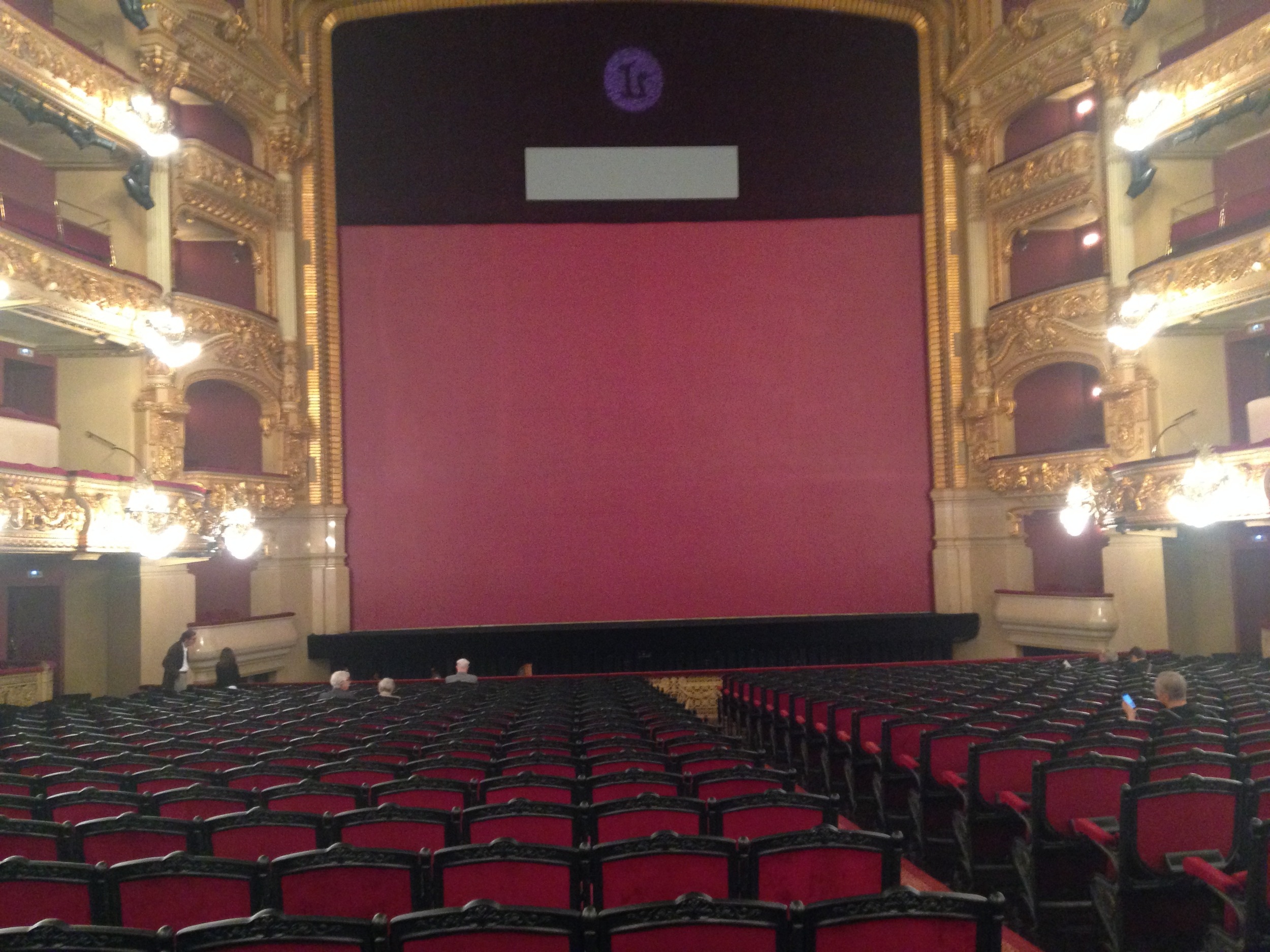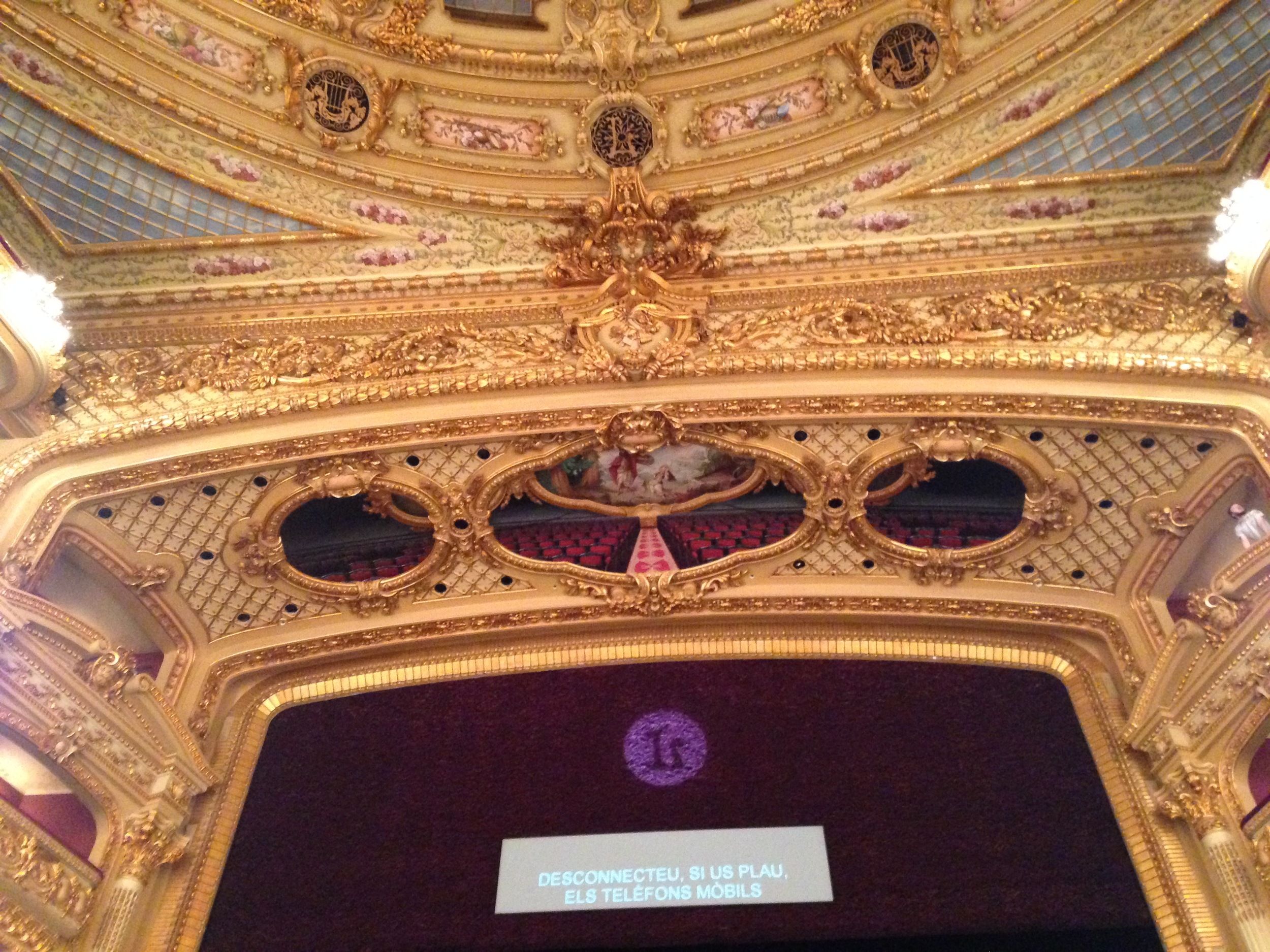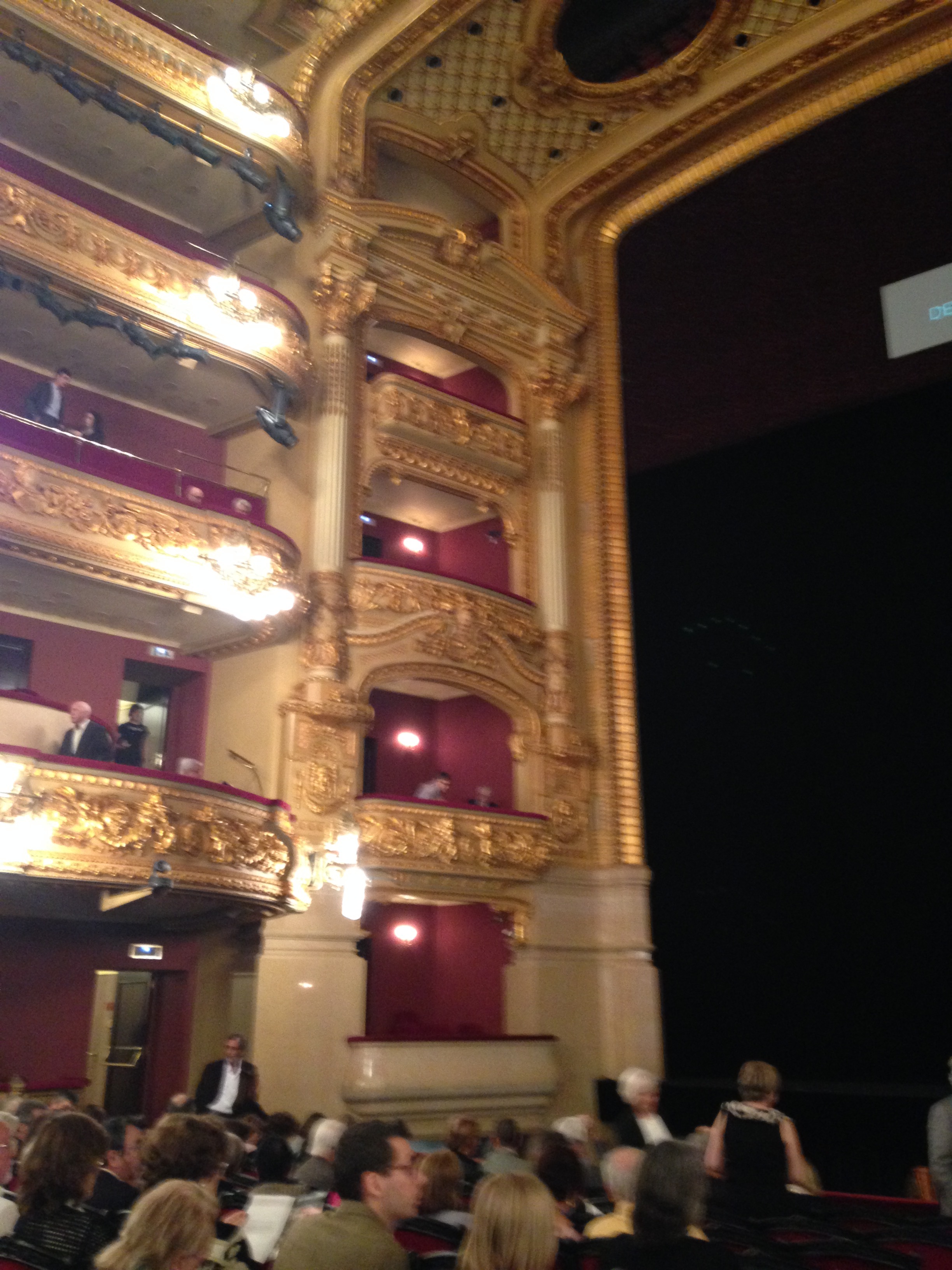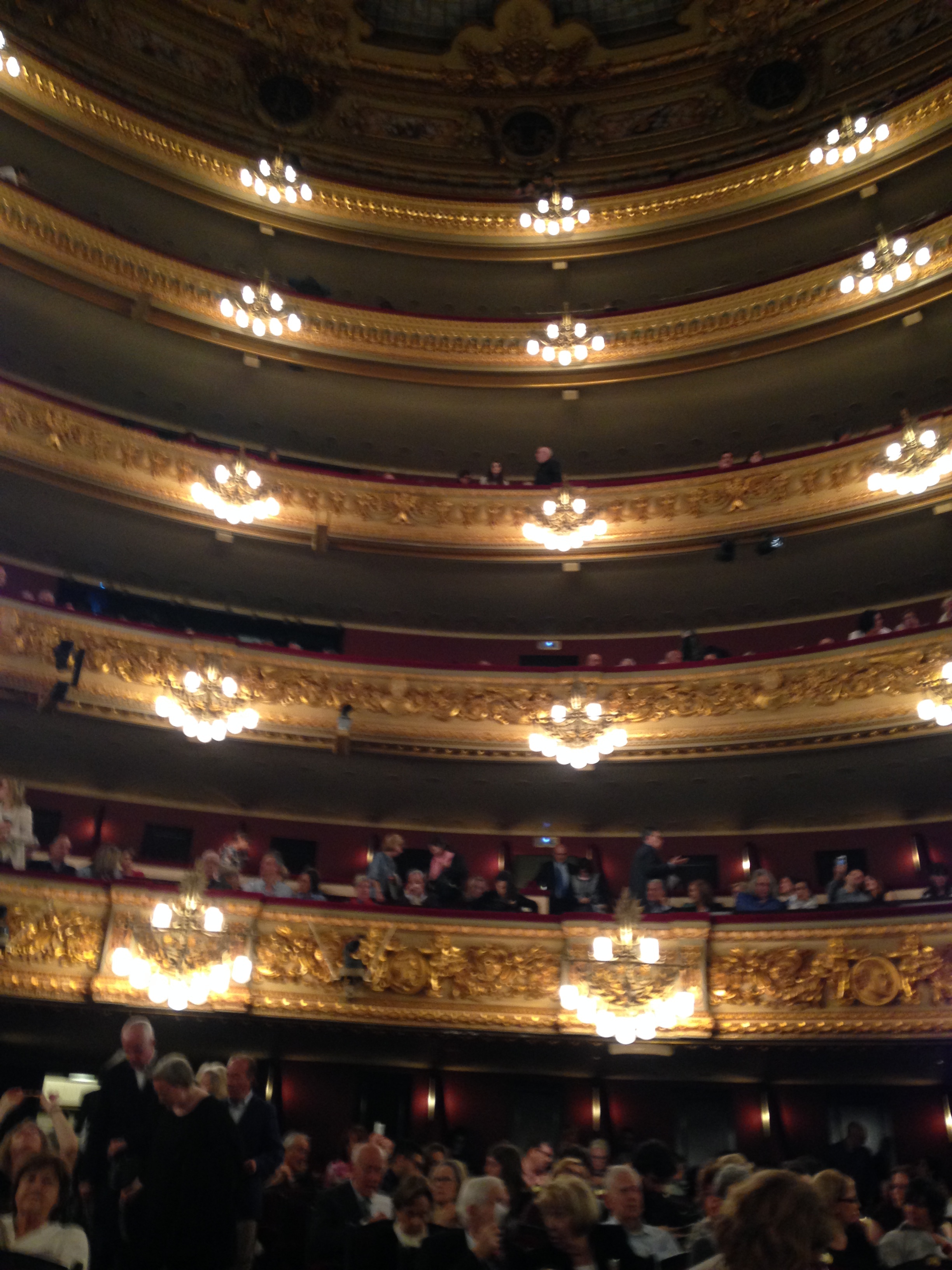note to readers on changes,
A few more tweaks have been made to the website: 1) a search bar has been added to the blog page that searches all pages on the website; 2) an Archive page has been added that lists all previous blog posts, hyperlinked, by year and month. These additions should help when looking for something you read that you want to go back to or to see if a topic has been covered. I have also updated the ‘For Parents’ section. I still would welcome any suggestions for this page or the ‘Opera Ed To Go’ page.
washington concert opera's new season posted,
Do you mostly just want to listen when you attend opera, or want to try opera in a different format? Washington Concert Opera’s motto is that “it’s all about the music,” and its website states that “A concert opera is a complete, full-length opera presented with the soloists, orchestra, chorus and conductor on stage. There are no sets, costumes or props to distract the eye…and ear...from the operatic score. The focus is entirely on the performers and their dynamic interaction with their audience.” Many recordings of operas are made this way (but usually without the audience), and I have heard good things about this company’s performances. The performances are in Lisner Auditorium on the George Washington University campus. I have added their 2016-2017 season to the ‘Seasonal Listings’ page and plan to do a more detailed blog post on them in August.
two more options for streaming live opera, both for FREE,
I have heard, of course, of “pants” roles in operas whereby a female, usually a mezzo soprano, plays a male role, such as Romeo in Bellini’s I Capuleti e i Montecchi . This is typically not due to a shortage of male singers, at least in this era, but to the composer’s intentions. However, I just read an article about “no pants” opera – think about that for a moment; ok, now lower your expectations. The article addresses what to do when you want to watch opera but don’t want to put your pants on and go out. This Observer article by James Jorden covers Met Opera in Cinema and Met Opera On Demand, the PBS Great Performances at the Met series, and using Youtube to watch opera, all of which I covered in Affordable Opera, part I and part 2. However, he also includes two services I had overlooked. First, Staatsoper.TV broadcasts live opera for free; the next two scheduled broadcasts are Rameau’s Les Indes Galantes on July 24 and Wagner’s Der Meistersinger on July 31. These appear to be Met quality productions. Opera star and perhaps the current leading tenor in the world, Jonas Kaufman, will appear in Meistersinger. I am not familiar with Indes, but heartily recommend Meistersinger if you are game for a five-hour affair. Since these broadcasts are live and from Germany, you must allow for the six-hour time difference, which means the opera will likely start around noon, U.S. east coast time. Visit the website to see all the devices these can be streamed on. The second service that Mr. Jorden revealed is The Opera Platform which streams recorded videos on demand for free, which I imagine does not make the Met a happy camper. I signed up for their newsletter and watched a few minutes of their recording of Carmen. It looks great to me and offers subtitles in English, French, and German. The opportunity to see different versions of operas is actually pretty exciting.
can’t sing, you are wanted,
Every once and awhile I run across a feel good, human interest story, and this is one concerning scientific research. First, you should understand that I can’t sing and truly wish that I could; I’m sure that I would qualify for this study. I first ran across this piece in Slipped Disc: the Guildhall School of London has initiated a research study that will focus on learning best practices for teaching adult non-singers how to sing and the best methods of supporting them in the process. The study is motivated by much more than a desire to help people who want to sing. Studies have shown that participating in music is good for your health. Just last week I ran across this report, “Playing a Musical Instrument as a Protective Factor Against Dementia and Cognitive Impairment: A Population-Based Twin Study.” I cannot say for certain the results apply to singing, but my expectation is that they would. Besides, it is heartwarming to run across research so directly involved in helping people. If you are going to be in London in July and August you could try applying. I notice that one of the co-authors of the study is at Bucknell University in the US; maybe there will be some replication attempts here.
rick steves agrees vacations are opportunities for opera,
A reader alerted me to a recent post on the Rick Steves travel blog pointing out that live opera was being videocast onto the street in Vienna, Austria just outside the Vienna State Opera House; he was making a point about Vienna’s commitment to culture. It raises another good point. Opera is popular in Europe. If you are vacationing this summer in the EU, check out what is being performed at the opera houses or in more local venues, such as museums or parks; it will be enriching in many ways. See my blog post on Barcelona’s Gran Teatre del Liceu as an example.





























